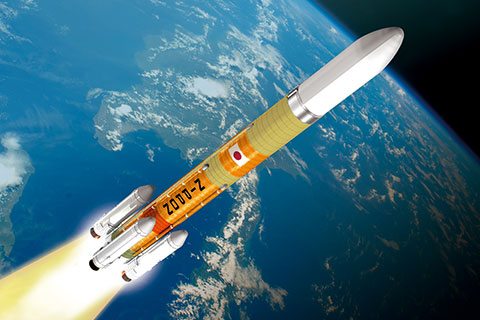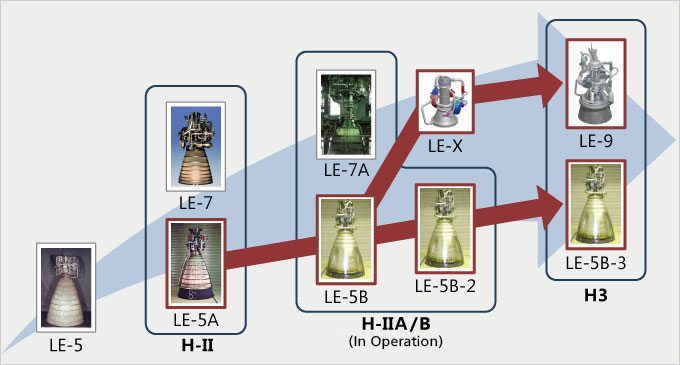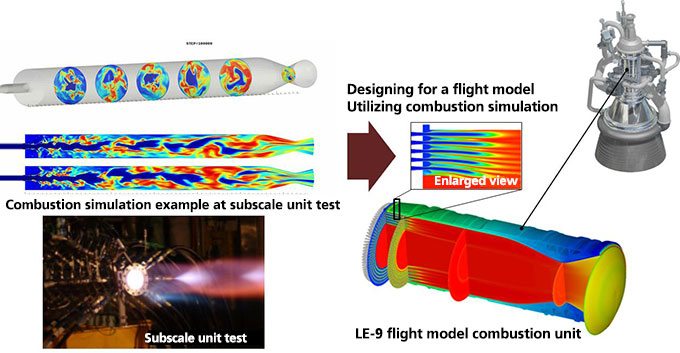About H3 Launch Vehicle
 |
Safer, more useful, more accessible
|
|---|
Aim of the H3
Our aim of the H3 is to have a launch vehicle that launches a payload “quicker” and “easier” with “high reliability” while securing flexibility to answer the voices of customers. We have set a target for launch capability and price while focusing on the flexibility of launch services to cope with worldwide payload launch needs.
Flexible launch service
The Upgraded H-IIA Launch Vehicle was designed to launch up to a 4.9-ton payload in orbit (geostationary transfer orbit). The launch capacity of the H3 will increase to 6.5 tons or more to steadily respond to launch demand for a geostationary satellites, which are getting bigger and heavier. In addition, we can flexibly deal with payload weight and orbit by offering choices for the number of solid rocket boosters of zero, two, or four.

Changing the number of solid rocket boosters depending on payload mass
Shorten launch preparation time
We are also responding to the voices of customers to “swiftly launch” their payloads by shortening the launch service period after receiving their launch orders and by increasing the number of launch opportunities per year. More specifically, we will reduce the preparation period at the launch site by half from that for the H-IIA Launch Vehicle. The preparation tasks includes launch vehicle assembly and payload encapsulation in the launch vehicle.

Target operation concept
Lower price
We will decrease our launch service price through the introduction of components that are excellent in quality and available in other domestic industries such as automobile industry instead of components specialized only for space use, and also through changing their production method from current build-to-order manufacturing to something similar to flow line manufacturing seen in general industrial productions. We are targeting a launch price of about five billion yen for a light-weighed version of the H3 without a solid rocket booster (mainly for launches to lower orbits).
High reliability
An engine is one of the most difficult parts to develop and manufacture, hence it significantly influences on the reliability and cost of a launch vehicle. Japan has been focusing on the development of the liquid hydrogen engine to reach the equivalent technological level to that of European and American counterparts. For the H3, we are developing the new first-stage engine “LE-9” by making active use of g the numerical simulation. Furthermore, we will boost the reliability by simplifying the engine structual configuration.


JAXA is striving to develop the H3 Launch Vehicle to create a launch vehicle that is more easily accessible with reliability, that will support future space use, and that people in the world want to use, by compiling all the data and experience of our launch vehicle technology we have accumulated to date.
Comments are closed.